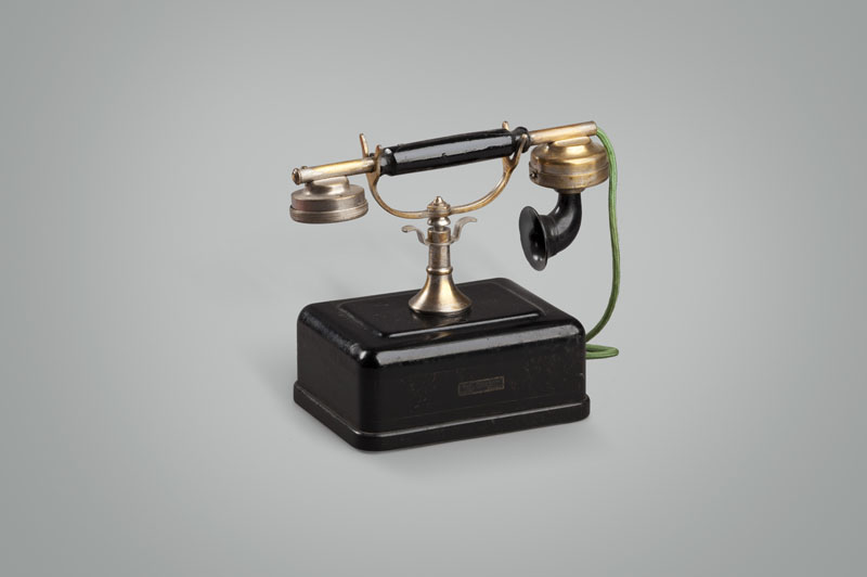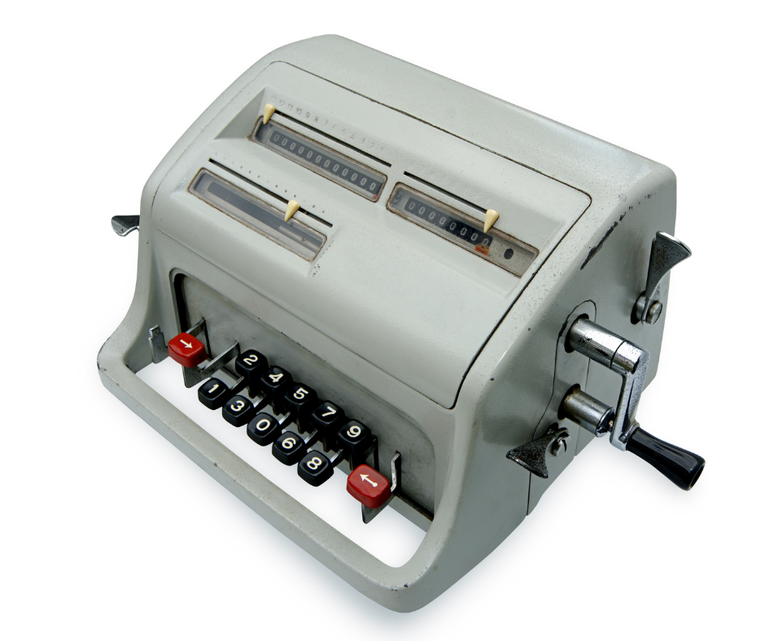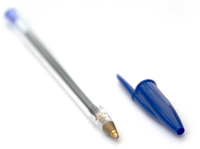Designs that have changed the world. The office.
10 / 29 / 2020
The first commercial offices appeared in the 19th century. However, offices underwent a huge transformation in the 20th century. First, thanks to the Industrial Revolution and secondly, with the advance of communication technologies.
Even though the organization and work culture has evolved over the years, there are different objects that have marked the history of offices and some of them continue to be very present.
The telephone: It seems unbelievable that the landline phone might be on the verge of disappearing after what it has meant in our lives! In 1876 Alexander Graham Bell, a specialist in speech therapy for the deaf in Edinburgh, patented a “sound telegraph” that allowed the transmission and reception of human voice at a distance.
In the first telephones it was necessary to connect with a switchboard to be able to call. This was achieved by turning the telephone handle (called magneto), which activated a generator that, in turn, emitted a signal to the phone company. This was replaced in the 1920s by one of the great advances in the telephone service, the automatic dialing system.
In the 1980s the need to move gave way to the development of wireless phones. The first mobile phone weighed one kilogram! Moreover, it could operate autonomously for one hour and needed 10 hours to recharge. It was all so different from the currently existing mobile technology.
The calculator: The history of this object is one of the oldest within the office space. The first precedent of the calculator we know about is the abacus, a small board with stones to add and subtract invented by Babylonians in 2400 BC.
In 1642 the French mathematician Blaise Pascal invented the first calculator, a device that used a series of wheels with ten teeth in which each one of the teeth represented a number from 0 to 9. This is the same system that is now used in milometers in cars. However, this device did not allow multiplication, a problem solved by the German mathematician Leibnitz in 1671 with a machine that used the binary system.
In 1888 William S. Borroughs, tired of adding up in his job as an accountant, patented in the United States the first reliable adding machine in the world. Although at first the design received many complaints for its malfunctioning, it was modified until it was widely adopted, being mass produced and commercialized in banks and corporations.
Luxo L-1 lamp: Although flexible spring-balanced lamps did already exist, it was Jac Jacobsen in 1937 who designed the first one to “work”, thanks to its lightness and the strength of aluminum, but also due to other functional elements: a table clamp and adjustable arm that allows users to direct light wherever needed.
The Luxo lamp has worked over the years remaining unchanged. Its look is so modern that it is difficult to believe it was designed more than eight decades ago.
BIC ballpoint pen: Omnipresent in most offices, this ballpoint pen was invented by the Hungarian László Biró in 1943. During his youth Biró had worked as a journalist, being aware of the limitations of writing with a fountain pen; for that reason, he studied other alternatives for more than 20 years.
Thus, inspired by the mechanism of printing presses, he created the ballpoint pen, a tube full of ink with a small sphere at its end that continuously applies the ink. To make the system work, he and his brother created a quick-drying ink to prevent it from running.
In 1950, Marcel Bich’s factory of fountain pens and pencils decided to acquire the rights to the patent and mass produced it, lowering the production costs and the retail price. Cheap, simple and functional, 15 million units of this ballpoint pen are sold every day all around the world.
The computer: The undisputed protagonist of any office today. Its origins date back to the 1940s and are linked to World War II, where computers were used to decipher messages from the opposing side. One example is the “Colossus” computer, that took up 167 m2 and had 17,500 valves.
After the 1970s computers reached universities, large companies and multinational corporations. The company Apple was founded at the time. The first milestone of this company, the Macintosh computer, was launched in 1984. It was the first successfully marketed personal computer thanks to two elements: a fully intuitive operating system based on icons and a mouse.
Now that we are amidst a reorganization process in companies with safe teleworking, surely many more designs will arise that will be basic in the “offices of the future”. How do you imagine them?







